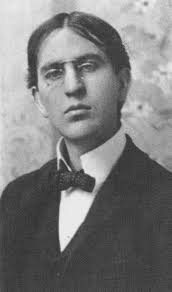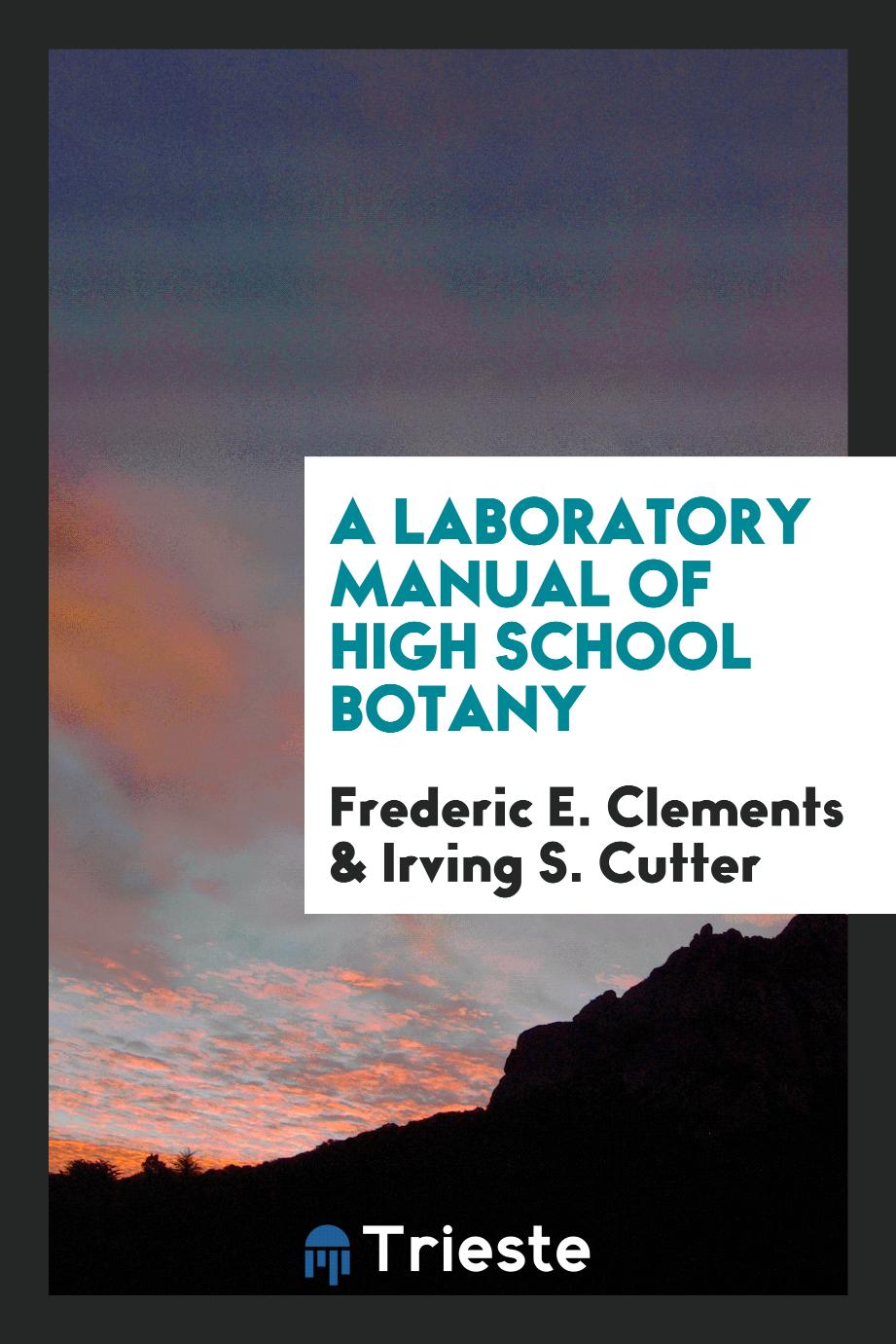
Frederic E. Clements
Frederick Edward Clements (September 16, 1874 - July 26, 1945) was an American ecologist and pioneer in the study of the succession of vegetation. Born in Lincoln, Nebraska, he studied botany at the University of Nebraska, graduated in 1894, and received his doctorate in 1898. (One of his teachers was botanist Charles Bessi, and he was a classmate of Villa Cater and Roscoe Pound.) While at the University of Nebraska he met Edith Gertrude Schwartz (1874-1971), also a botanist and ecologist, and they got married in 1899 year. In 1905, he was appointed professor at the University of Nebraska, but resigned in 1907 to head the Department of Botany at the University of Minnesota in Minneapolis. From 1917 to 1941, he worked as an ecologist at the Carnegie Washington Institute in Washington, where he could carry out specialized environmental studies. In winter, he worked at research stations in Tucson, Arizona and in Santa Barbara, California, and in summer he performed field work at the Carnegie Institute Alpine Laboratory, a research station in Angel Canyon on the slopes of Pikes Peak, Colorado. During this time, he worked with staff from the US Soil Conservation Service. In addition to field research, he conducted experimental work in the laboratory and greenhouse, both at Pikes Peak Station and in Santa Barbara.
